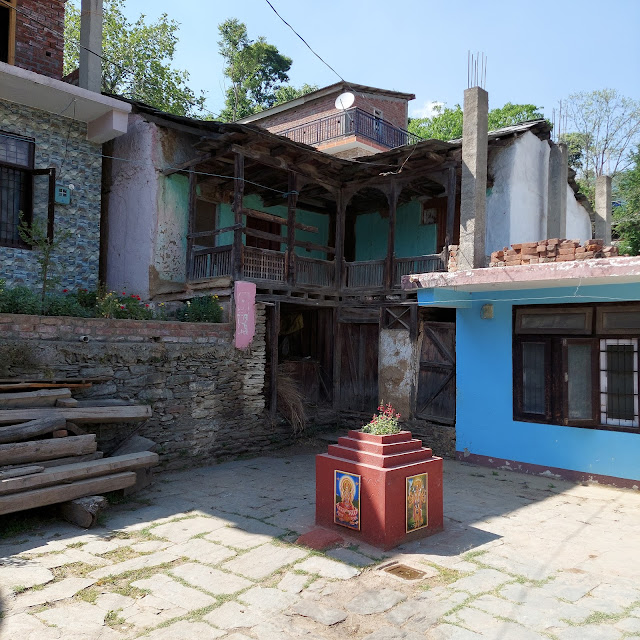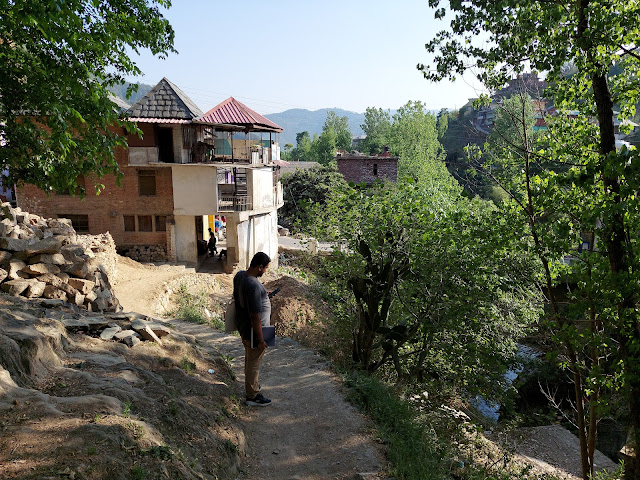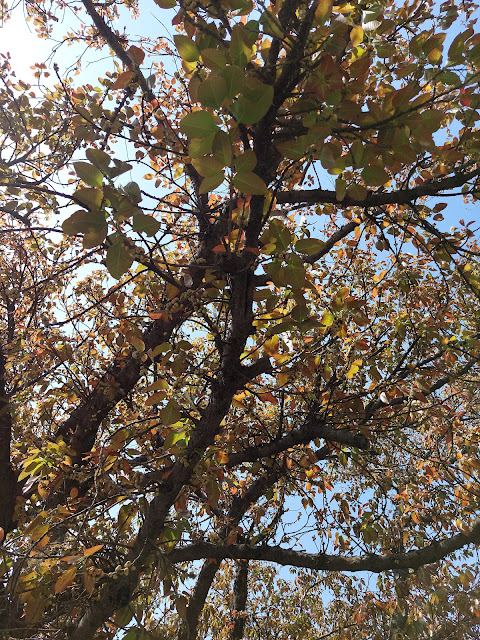Like many mornings, this morning I was walking along the skywalk of Borivali West (Mumbai) to see more and more homeless lined up with their sleeping mattresses. The period of monsoon especially sees the increase in the number of homeless occupying the space of the skywalk. Here, one sees different bodies intertwined with each other. Men with men, men with women, children with women, children on men on the one hand, and dogs besides humans, cats playing with children, and so on. These intertwining is far for sexual. the intimacy here is a product of the shortage of resources. The limited length of the mattress, the single and only blanket, the only space which may be dry or the best corner to leave space for the pedestrian walk. On passing thought this landscape today, I thought to myself - if this is not co-existence, then what is?
Of all the hullabaloo that is made of co-existence in the theoretical space within the academia today, here, co-existence is a mere necessity. Yet, the image of co-existence seemed far away from beautiful. Firstly, these bodies lined up on the skywalk certainly had a different sense of cleanliness. To be able to inhabit a ground that is walked by hundreds of feet bringing dust from all over the city requires an alternative level of equation with hygiene. This in addition to the lingering dirt and muck of the rains, the spit and shit of the scavengers, the rubbish and remains of the passersby create a landscape that the middle-class would associate with disgust and disease. Secondly, the absence of shame in loitering, cooking, worshipping, sleeping in the open (air) must require a unique kind of sense of self. To be able to suspend one's state of awareness, vanity and being comfortable in the state of things without being affected by the gaze of the passers by is a leap into the very fact of existence.
Now that I begin to write the above, I am made aware of how my own sense of shame or self is constructed perhaps throught a certain middle class morality. The idea of co-existence too then, is shaped through such a moral position. This position, layered with an aspiration of the upward classes shapes a peculiar imagination and aesthetic model of co-existence that frames the pedagogical space of the institution. The institutional idea of co-existence that emerges within design schools (planning, architecture, interior, and such) often misses to acknowledge the political economy of marginality. The moment the marginal is made into the mainstream, it is prone to get hijacked by the middle class, or more appropriately the bourgeoisie. Any attempt to upgrade the marginal into the dignified will shift its image into the realm of the middle-class. This situation creates an opportunity of 'exclusionary appropriation'.
Exclusionary appropriation could be thought of as structurally similar to gentrification. Through the creation of an allurement of an upward tending lifestyle, the lower classes are promised facilities and resources which most may themselves not be able to afford. Thus, identifying themselves clearly separate from that image now, they willingly surrender resources that they once primarily claimed. This trickery is how urban spaces get reformed. This is not the bane of merely the middle class. This could also be the situation for poor or the homeless occupying the margins within urban spaces. The bourgeoisie designers are helpless in thinking about design outside their frames of middle-class-ness. This is primarily because firstly, this is what the apparatus of the design institutions trains them as, and secondly, it is what is their "aspirational normal". Which is to say, their own standards of hygiene and cleanliness are much different from that which they see on the streets. The work of dignifying, in their design process is thus, elevating the poor to at least their levels of hygiene. This decision already puts an economic pressure on those people who transiently occupy open empty pockets of the city when no one else probably claims it.
What I am trying to articulate is this image of the marginal that discomforts us on the one hand, and produces empathy on the other. This empathy, to be sure, arises out of our middle class morality which, seemingly is too precious to give up. It is shaped by the taught values of being helpful to the other, and if you are a designer, the social cause of your profession. Both of these in their root, are opposed to the aesthetic of the marginal on several ground of economy, cleanliness, privacy, permanence and so on. How do we critically interrogate and address the bourgeoisie entrapment of our design methods?
As I walked ahead thinking of all these things, the skywalk was ready to come to an end. At the bend, a handicapped old man was looking into the steel wares he may have scavenged or collected over time, perhaps for his morning breakfast while a woman was just getting up besides a shrine she has elaborated over the last year. What may have come for an occassion of a single auspicious day (which even the enforcement authorities could not have opposed, in the might of God), has slowly accrued larger over time. Scavenged photographs, discarded objects of worship along with exotic natural rejects like pine cones or dried flowers now adorn a what may be emerging into a permanent corner of worship for all the homeless on the bridge. Just as one moves ahead towards the steps, dirt littered around the petit municipal dustbin rotting in the drizzle of the rain continues to mix into fresh faeces of what one wonders would be canine or human.
 This is a typical unit plan of Nagari Niwara Parishad, Goregaon East, Mumbai - a low cost housing project designed by Adarkar Associates during 1981-92. The area allocated to the project was about 62 acres to house about 6000 people who were displaced during the expansion of the city. The plot is adjoining the edges of the national park and therefore at the foot hills of the mountain. The run off of water necessitates a large nallah (drain) that creates a moat-like boundary on one end of one of the plots. The series of bridges and three storey buildings throughout the colony create scaled courtyards and a labyrinthine ground space that opens into different direction.
This is a typical unit plan of Nagari Niwara Parishad, Goregaon East, Mumbai - a low cost housing project designed by Adarkar Associates during 1981-92. The area allocated to the project was about 62 acres to house about 6000 people who were displaced during the expansion of the city. The plot is adjoining the edges of the national park and therefore at the foot hills of the mountain. The run off of water necessitates a large nallah (drain) that creates a moat-like boundary on one end of one of the plots. The series of bridges and three storey buildings throughout the colony create scaled courtyards and a labyrinthine ground space that opens into different direction.























































